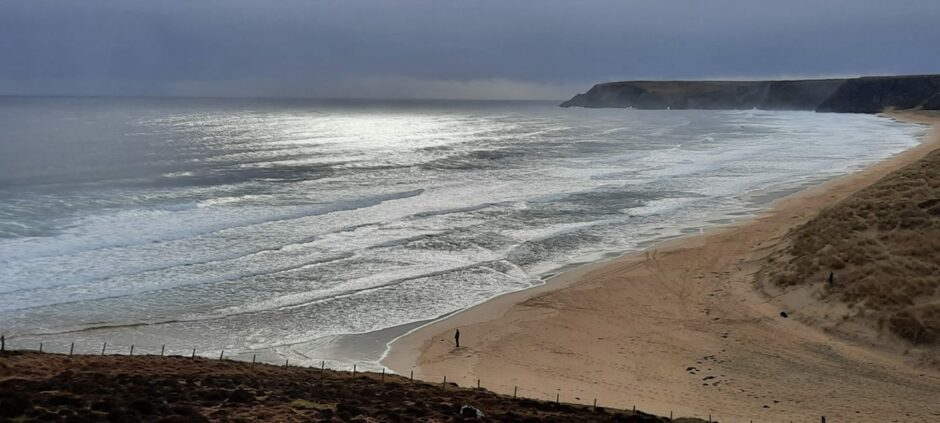
The beach at North Tolsta on the Isle of Lewis is a tranquil haven these days; the sort of location where you can shed your worries and relax.
Yet, 70 years ago, this place became the scene for one of the most shocking biological experiments in the history of the Cold War and the search for new “superweapons”.
Operation Cauldron was a series of warfare trials instigated by the British government in 1952, whereby scientists from Porton Down in Wiltshire and the Royal Navy were involved in releasing biological agents, including pneumonic and bubonic plague and brucellosis and testing their effect on caged monkeys and guinea pigs.
The animals never stood a chance
A wide range of experimental procedures were implemented at sea, off the coast of the Isle of Lewis in the Outer Hebrides, aboard a floating pontoon, supported by the ship Ben Lomond. Thousands of animals were placed in cages and dosed with biological agents, which were dispersed either from a bomb suspended from a boom or a spray.
And now, BBC Alba is showing a new documentary, Plaigh air Bord (Plague 0n Board) which examines the controversy and decades-long suppression of how the coast of Lewis was transformed into a giant laboratory for one of Britain’s more grotesque forays into the supposedly “brave new world” of biological warfare.
By the time the scientists had finished their work, 3,492 guinea pigs and 83 monkeys had been used in the trials, which were, initially, judged to be a success.
However, just a year later, this decision was reversed, with the tests on plague bacteria being described as a “failure” and a statement was eventually released by the powers-that-be confirming: “Brucellosis has not increased its reputation as a dangerous agent.”
The Outer Hebrides had been deemed by Whitehall as a low-risk place to carry out the tests and residents were kept in the dark. But, as writer Donald S Murray told presenter Cathy MacDonald, this didn’t prevent rumours from circulating among the locals.
Murray has written a novel, In a Veil of Mist, based on the real-life events and revealing the myths and stories that abounded amidst the Top Secret nature of the operations.
The experiments were hush-hush
He said: “In both 1952 and 1953, the UK government, in conjunction with their Canadian and United States equivalents, performed a variety of tests using biological weapons off the coastline of the Isle of Lewis, near the village of North Tolsta.
“However, this was interrupted by the arrival of the Carella, a trawler from Fleetwood on the Lancashire coast. The crew ignored all warnings as they sailed through the area when these tests were occurring.
“Clearly, this caused a great deal of alarm for those involved in the experiments as they believed there was the possibility of the plague spreading to other areas of the UK.”
Yet, rather than halt her, disinfect the ship and decontaminate the crew, the decision was made – by Prime Minister Winston Churchill’s office – to cover it up.
The crew were human guinea pigs
The Carella was covertly tracked for 21 days, while its radio was monitored for medical distress calls by officials at Porton Down. When the crew enjoyed shore-leave in Blackpool, nothing was done to isolate the men.
Official documents relating to the incident were ordered to be burned by the authorities – and the Carella’s crew knew nothing of the danger into which they had strayed until they were approached by a BBC producer 50 years later.
The Carella’s crew were lucky. All the cloak-and-dagger activities off Lewis came to nothing. The bacteria tested there was branded unsuitable as offensive weapons, and Britain abandoned chemical warfare in favour of its newly developed nuclear weapons.
And yet, similar experiments with anthrax had been carried out on Gruinard Island in the Inner Hebrides in 1942. But, because this took place during the Second World War, officials had no problems in ignoring any concerns raised by the civilian population.
Les Wilson, the producer of the new programme, told the Press & Journal why it was important to highlight this murky saga of scientific cover-ups in Scotland.
He said: “The story of Gruinard, Scotland’s ‘anthrax island’, is well known – but there is an even darker tale, and an almost unknown story, about the attempts to develop biological weapons in Scotland during the Cold War.
“It was potentially a far greater risk to people than the anthrax experiments, given that bubonic plague once killed half the population of Europe.
The locals had a right to know
“What they had in common was they were conducted in what the experts deemed to be ‘remote’ areas. In the case of the bubonic plague experiments, it was Tolsta.
“Living on an island, I am always infuriated by the description ‘remote’. Remote from where? Islands are the very centre of islanders’ lives. They are only remote in the minds of authorities who wouldn’t want nuclear or biological facilities on their own doorsteps.
“Our film also shows how secrecy can be corrosive to the truth.”
The programme will be screened on BBC ALBA on January 3 at 9pm.
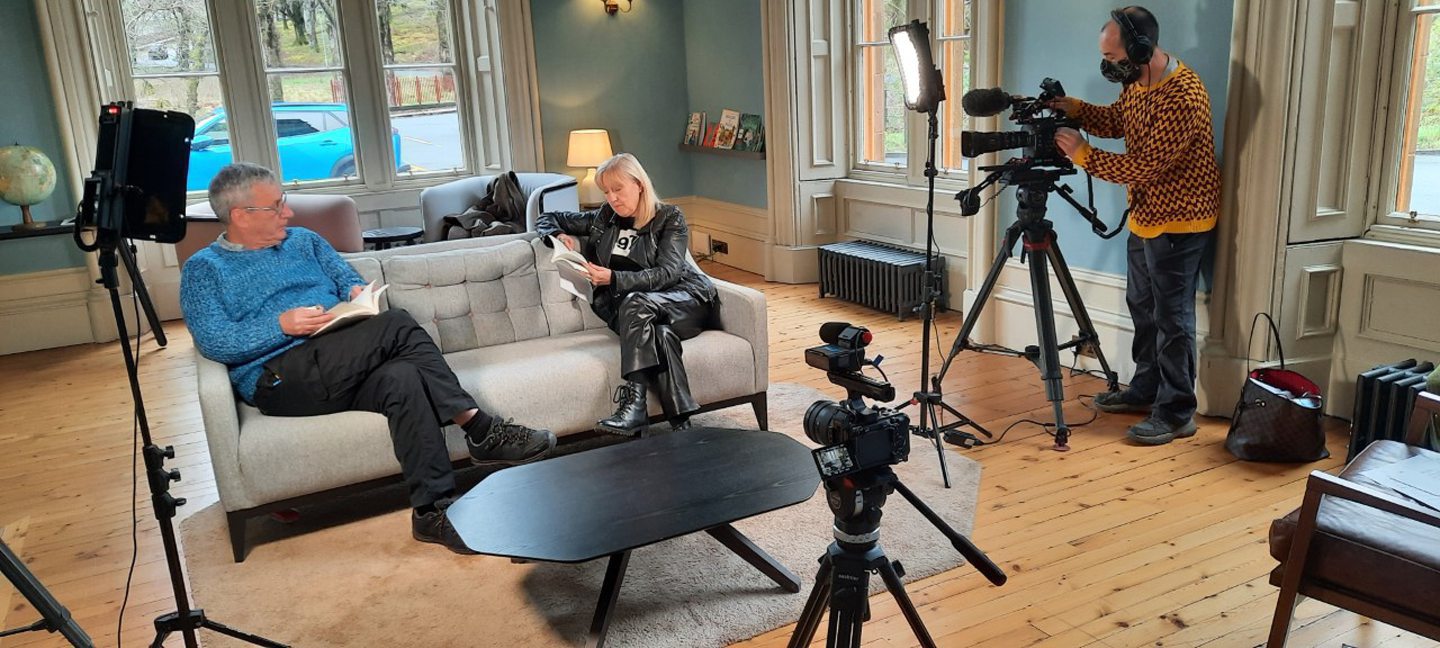
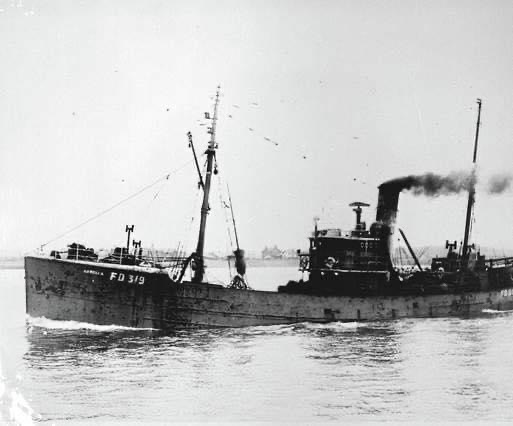
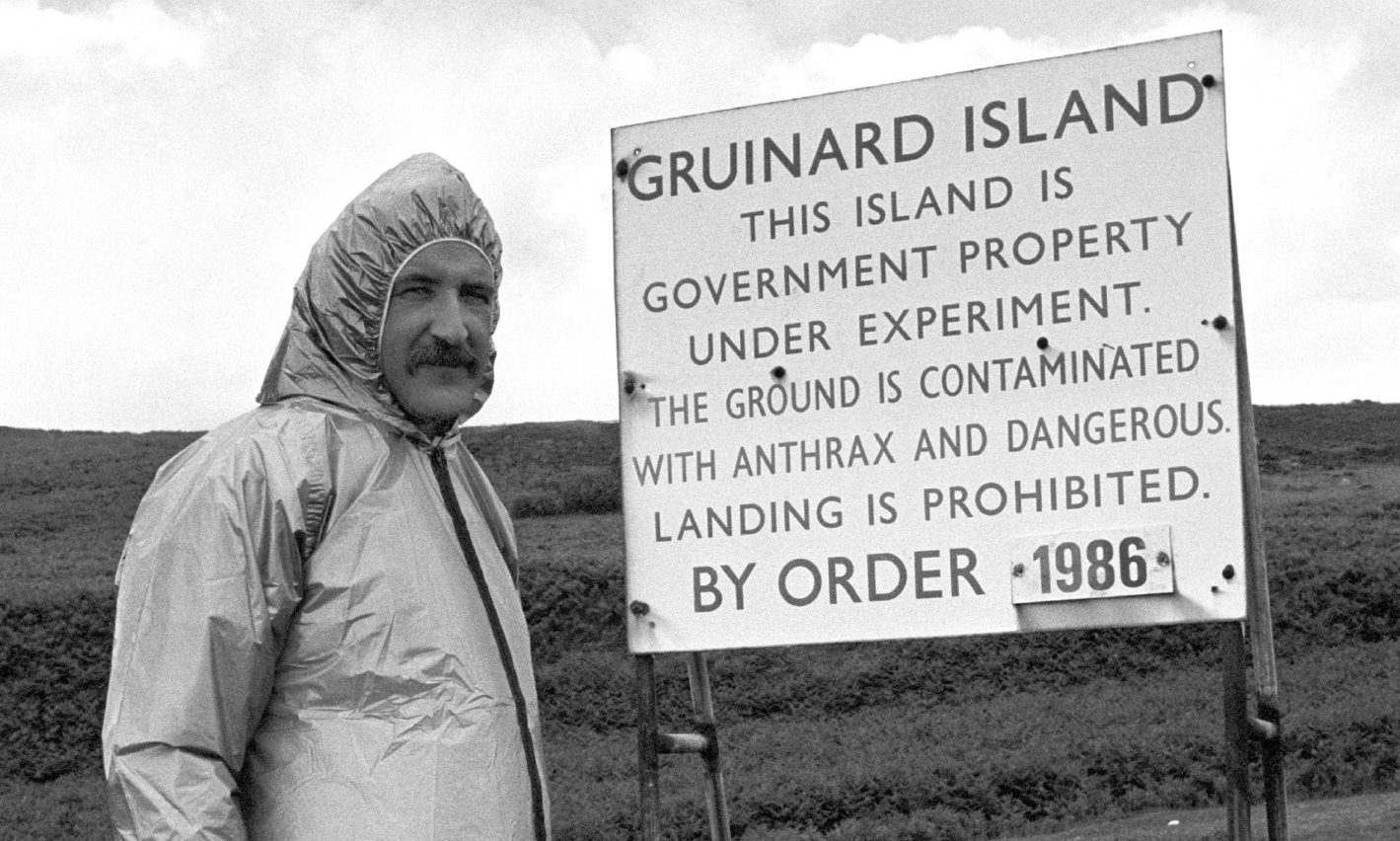
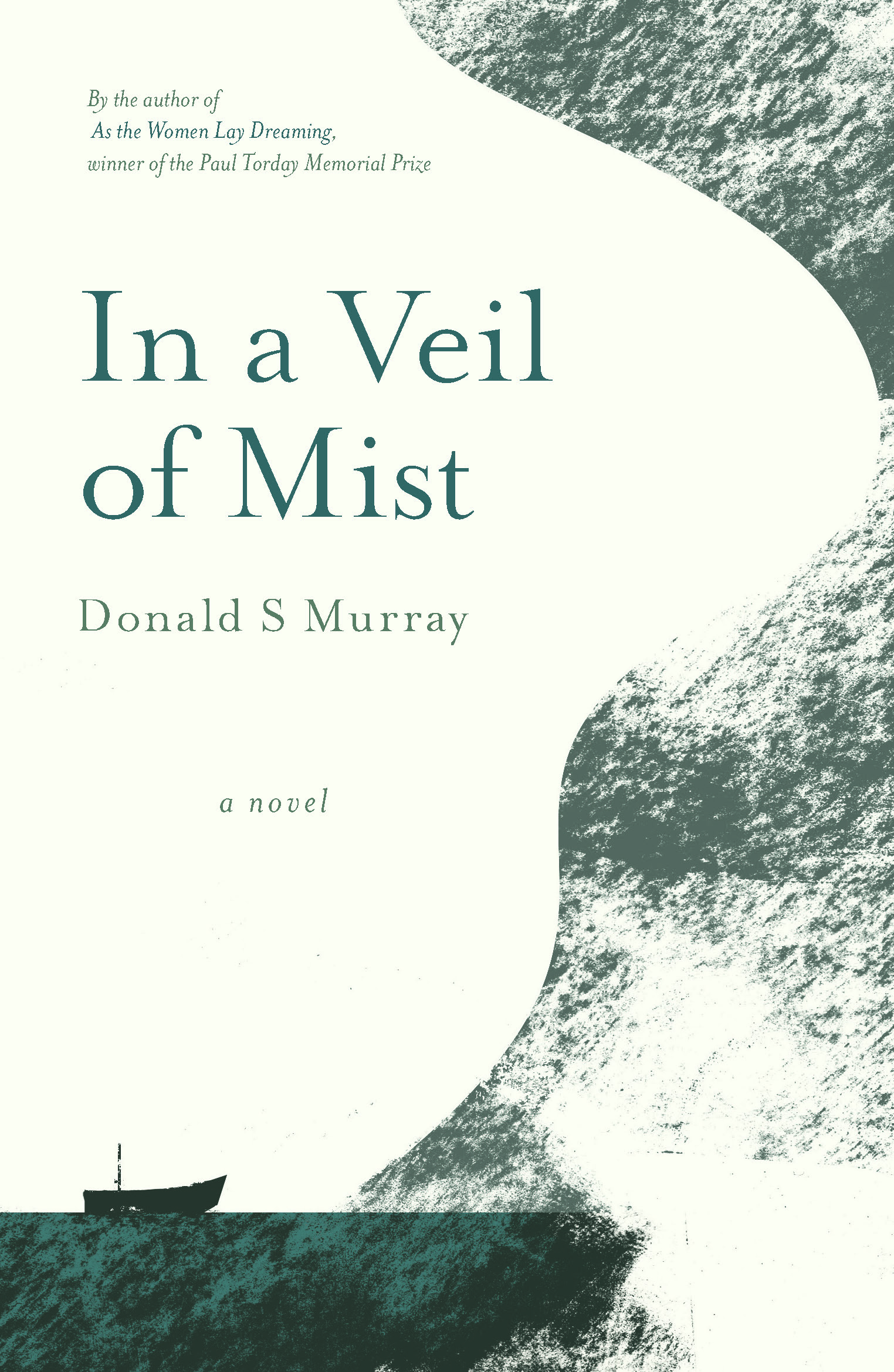
Conversation